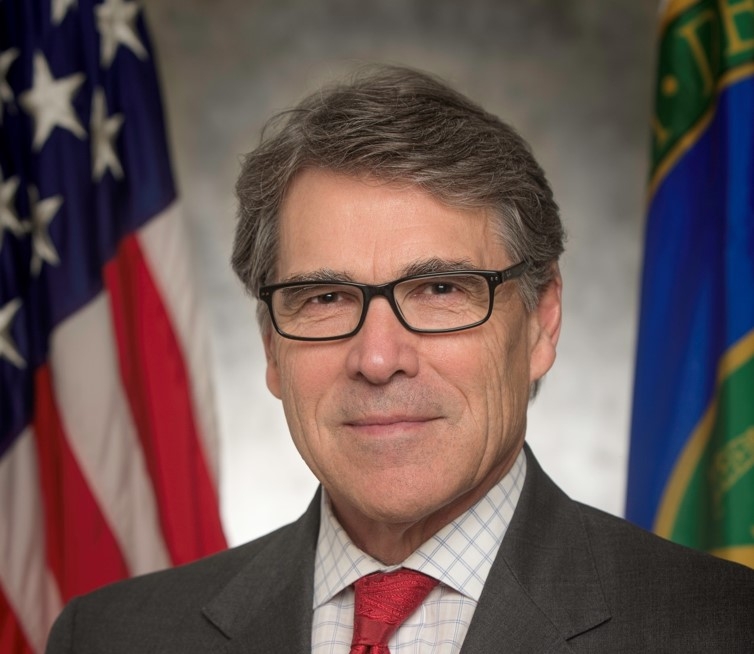Part 2 of 2 Parts (Please read Part 1 first)
The U.S. Army had a nuclear energy research and development program from the 1950s to the 1970s. Part of that research program was aimed at finding ways to take advantage of nuclear energy for emergency electricity production in remote locations. At the time of the research program, it was reported that half of the logistical effort of moving an army was moving fuel. And one eighth of the fuel moved was dedicated to producing electricity.
One of the systems developed by the Army as part of their R&D program was called the Mobile, Low Power Reactor or ML-1. It was designed to provide a complete electrical generation system that could be moved by air, rail, ship or truck. The ML-1 used a closed Brayton Cycle compressor and turbine to create energy from the heat generated by nuclear fission reactions. Nitrogen was the working coolant which spun a turbine connected to an electrical generator. After it left the turbine, the nitrogen would be compressed and sent back to the core.
The main part of the system fit on two cargo skids. The reactor was moved on one of the skids. The other skid contained the compressor, turbine, generator and heat exchanger. The total weight of the two loaded cargo skids was thirty tons. A single truck could carry both skids. Another truck would be needed to carry cables and a control station to operate the reactor.
The ML-1 was designed to produce between three hundred and five hundred kilowatts of electricity. The nuclear fuel would be able to provide power for two years before it had to be replaced. The whole system was designed to be set up and operating within hours of arriving at a site. When it was no longer needed, a day would be required for the cooling of fission produces with a short half life before it could be moved.
The ML-1 was built and generated electricity in late 1962. However, it did not work very well. The engineers of the time did not have the necessary experience in matching turbines and compressors to recycle the nitrogen efficiently. The ML-1 was only able to generate one hundred and eighty kilowatts of electricity. This was about half of what the ML-1 was expected to produce.
The ML-1 was operated for a few hundred hours as information was gathered about the functioning system. Following the initial test period, the engineers were ready to make changes that would improve operations. However, the Army budget for 1963 cut R& D funds almost to zero so that more funding could be dedicated to the Vietnam War. If the program had been funded, we would have advanced portable nuclear power reactors today.
As Secretary Perry mentioned, there are now regulations that would prevent the creation of a system like the ML-1. Some of those regulations were the result of a lack of understanding of the technology. However, Perry’s accusation that it was public misunderstanding that resulted in those regulations was not correct. In general, nuclear scientists are not as vocal as activists opposed to nuclear energy. Nuclear energy has provided electricity in very difficult environments and alternative energy such as that proposed by Romm may not be able to reliably supply sufficient energy for natural disaster sites.
Currently, both nuclear surface ships and nuclear submarines are capable of supplying electricity to islands where a natural disaster has destroyed the grid and generation systems. In the future, it may be possible to deploy a new generation of small portable nuclear power reactors to remote locations in need of fast and portable electrical generation.
U.S. Secretary of Energy Rick Perry:
